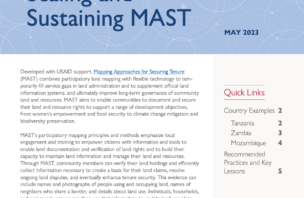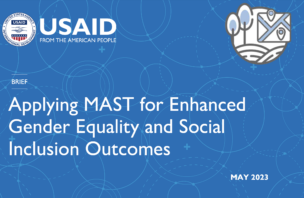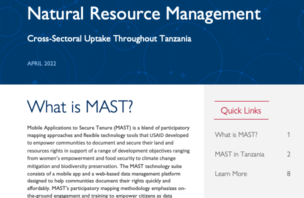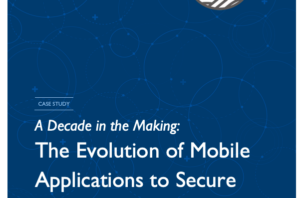MAST is a flexible participatory mapping approach that can be adapted to the local context. MAST can fill different land-related needs depending on a local context, and its uses can include boundary harmonization, resource inventory, land use planning, systematic land documentation, and land registration, if appropriate and necessary.
Get Oriented
For general information on participatory mobile mapping approaches for land documentation, please visit IFAD’s GeoTech4Tenure platform.
For more information on how to use MAST:
- Check out case studies and other resources for methodologies to adapt MAST to specific contexts in Tanzania, Zambia and Mozambique;
- Learn about the general steps of the MAST approach. Note that these steps will need to be customized to the legal, political and institutional context of the country in which MAST is being use;
- Learn about the technologies that MAST has been used with and access them on Github and partner sites.
Get In Touch
To learn more about MAST, contact Ioana Bouvier, USAID Senior Geospatial Analyst
Case Studies and other resources for using MAST
The General Steps of the MAST Approach
Technologies that Past Partners Have used to Implement MAST
The MAST approach is flexible and can support and respond to land information needs by adapting a wide variety of database management systems, geospatial platforms, and mobile mapping tools. In the past, implementing partners have used a combination of open source and commercial solutions, such as PostgreSQL databases, Open Data Kit, custom open source mobile data collection, and applications for data workflow management, GIS analysis, and reporting. This MAST Github repository contains documentation related to various MAST customization efforts; please note that MAST must be adapted to the local context, and thus it is likely that an implementer will need to adapt the code below to fit local needs and requirements.








